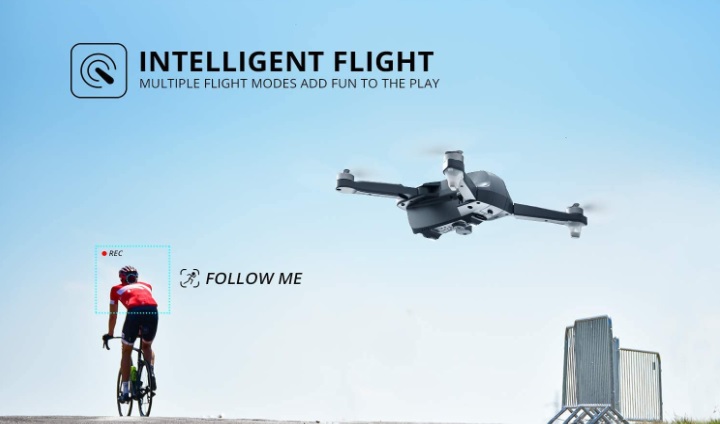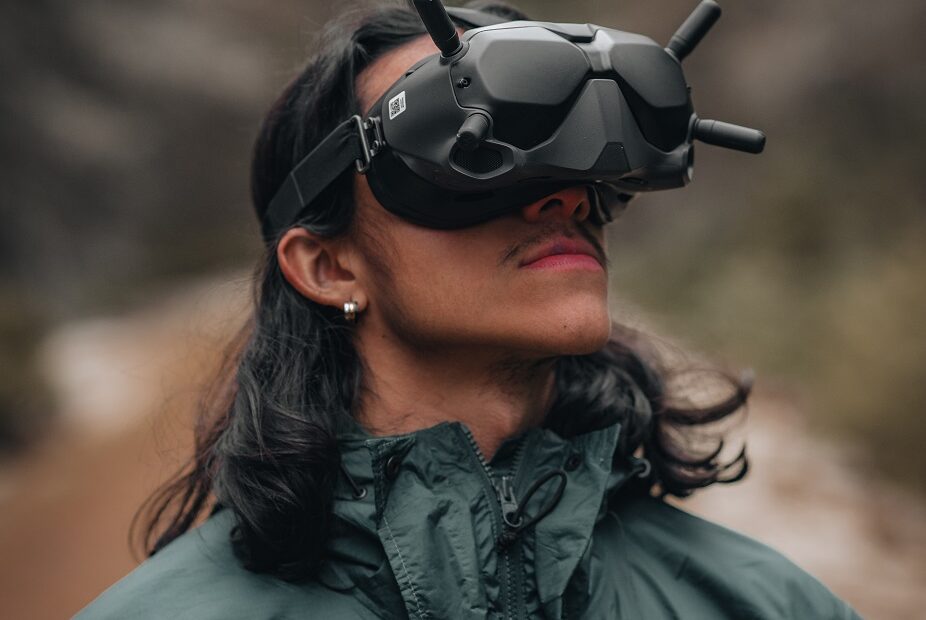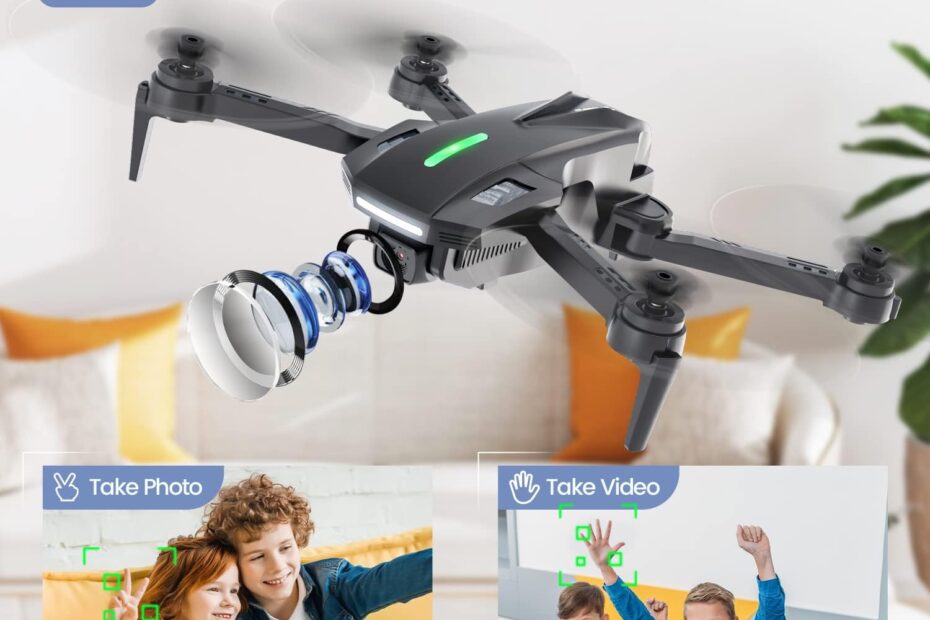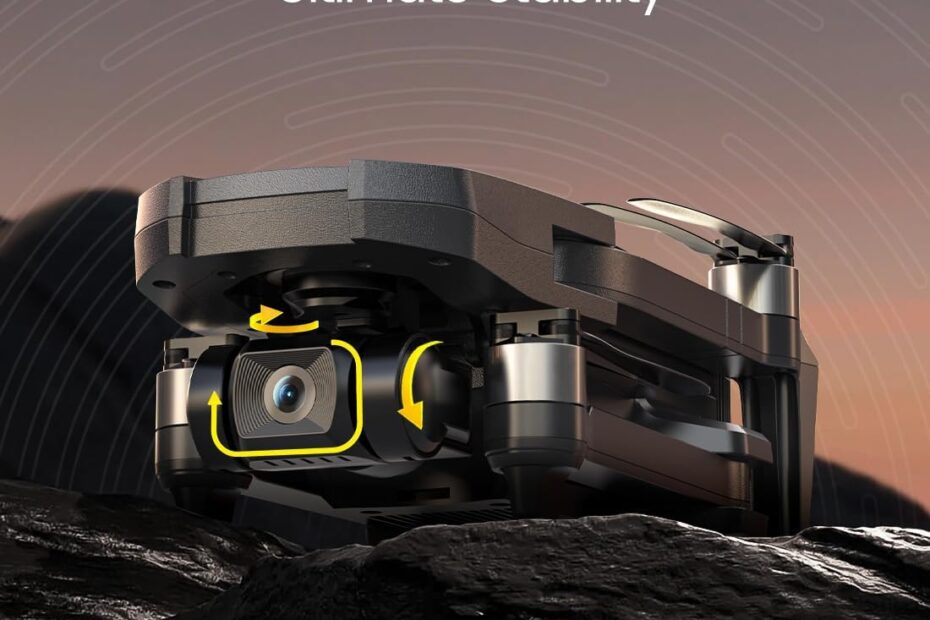Drone Features Explained
Explore the cutting-edge capabilities of drones with our ‘Drone Features Explained’ category. From intelligent flight modes to advanced camera functionalities, dive into detailed explanations that demystify the technology behind each feature. Stay informed, stay ahead in the world of drones with expert insights, tips, and the latest developments. Discover the power and potential of your drone’s features, turning your aerial adventures into extraordinary experiences. Elevate your knowledge with in-depth explanations designed for enthusiasts, beginners, and professionals alike. Uncover the secrets behind the innovation, one feature at a time.





